Plant Nutrition
esther_opal
15 years ago
Related Stories

GARDENING GUIDES9 Clay-Busting Native Flowers for Summer Sun
These plants survive and even thrive in tough clay soil east of the Rocky Mountains
Full Story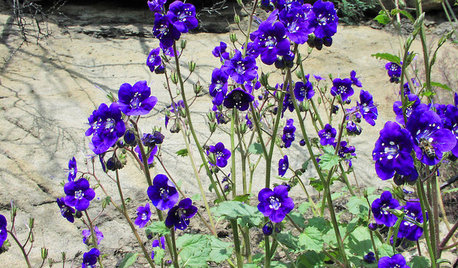
GARDENING GUIDESGreat Design Plant: Annual Phacelias
Coveted by California beekeepers and wildlife gardeners, phacelias are worth planting now for their prolific blue to purple spring blooms
Full Story
GARDENING GUIDESDo You Have This Invasive Plant in Your Yard?
Garlic mustard is spreading across the U.S. Here’s how to spot it and what to do
Full Story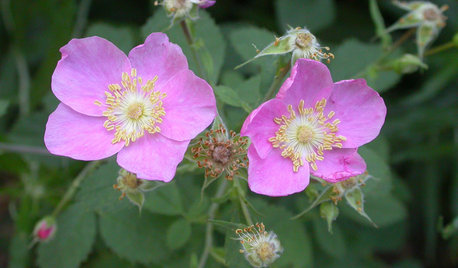
GARDENING GUIDESGreat Design Plant: Rosa Californica
Plant California wild rose for easy care and a touch of romance in your native garden
Full Story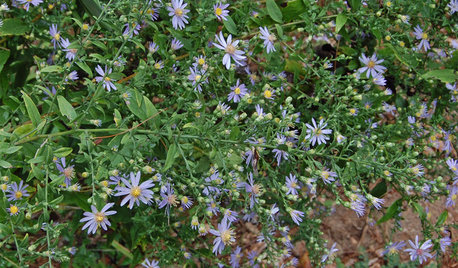
GARDENING GUIDESGreat Design Plant: Symphyotrichum Shortii
Shade-tolerant Short's aster extends the fall season with color and food for pollinators
Full Story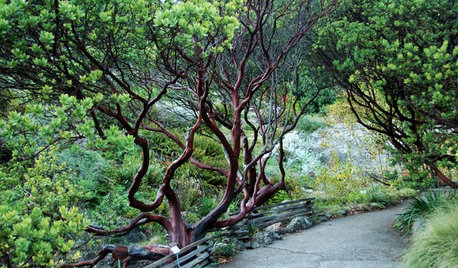
GARDENING FOR BUTTERFLIESGreat Design Plant: Parry Manzanita Stands Out in Low-Water Gardens
Make a dramatic architectural statement and feed wildlife in woodlands and more with Arctostaphylos manzanita
Full Story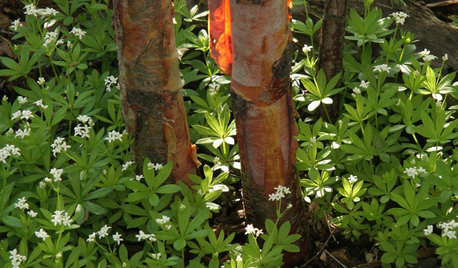
GARDENING GUIDES6 Deer-Resistant Ground Covers to Plant This Fall
Learn about some of the only low, spreading plants that are reliably deer-resistant
Full Story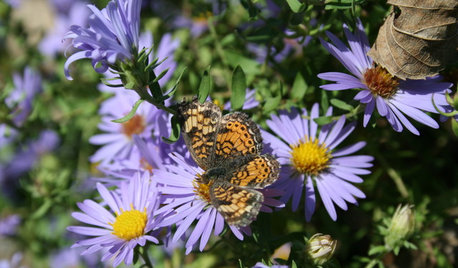
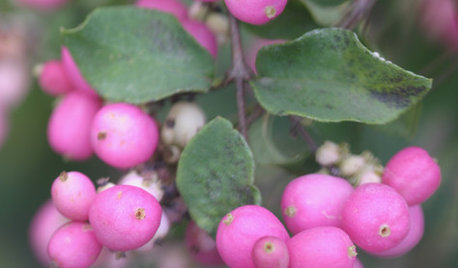
LANDSCAPE DESIGN5 Berry-licious Shrubs to Plant Now for Winter Interest
Showy color during snow season? You bet. These shrubs will wake up a garden with colorful berries when other plants are asleep
Full Story
GARDENING GUIDES6 New Plant Varieties That Beat Out Their Parents
With better resistance and fewer demands, these garden beauties are worth a spot on your wish list
Full Story




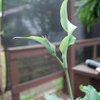
trilliumway
esther_opalOriginal Author
Related Discussions
Fertilizer Program for Containerized Plants II
Q
Fertilizering Containerized Plants IV
Q
Fertilizer Program for Containerized Plants III
Q
Container Soils and Your Plant's Nutrition
Q
esther_opalOriginal Author
esther_opalOriginal Author
trilliumway
aahostas
esther_opalOriginal Author
aahostas
esther_opalOriginal Author
aahostas
esther_opalOriginal Author
inlimbo
esther_opalOriginal Author
inlimbo